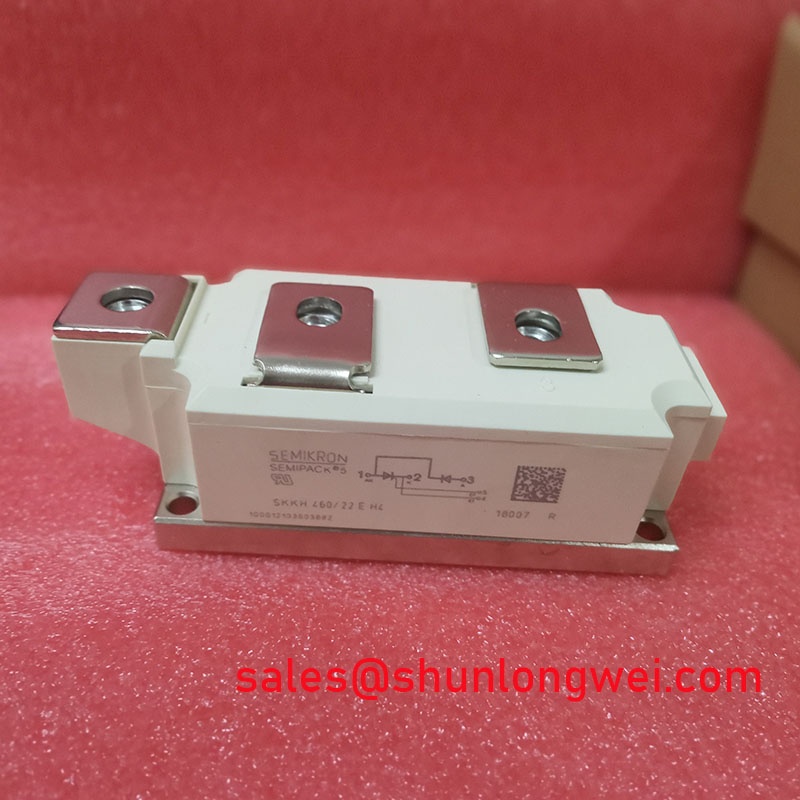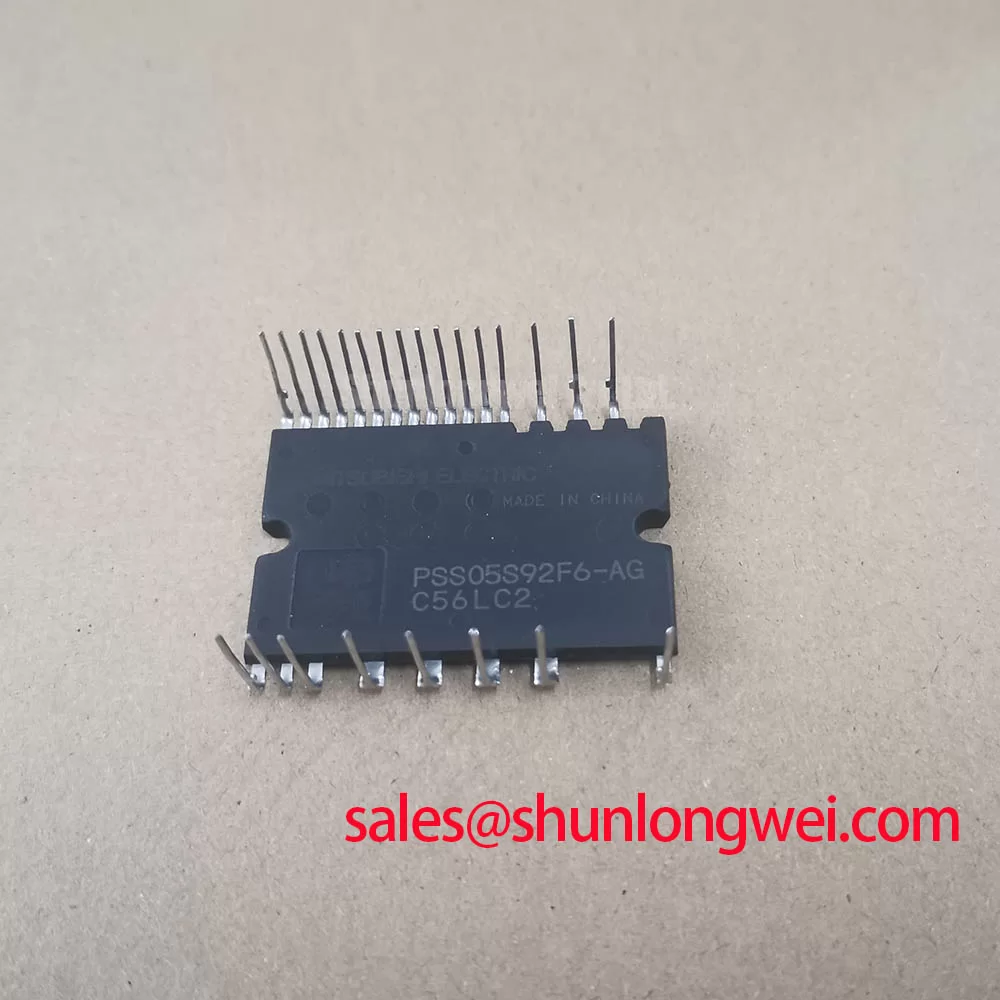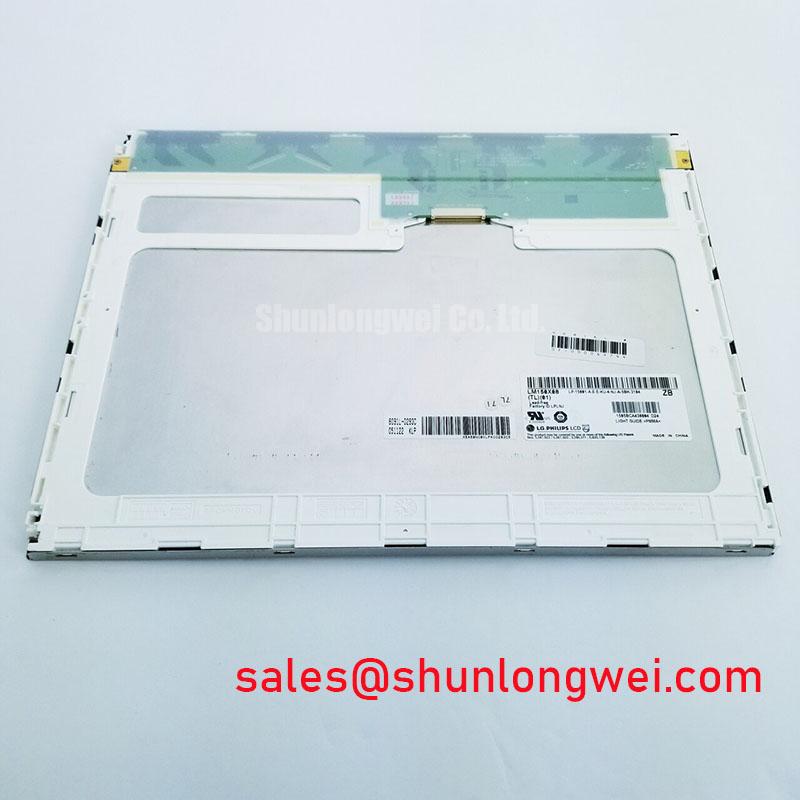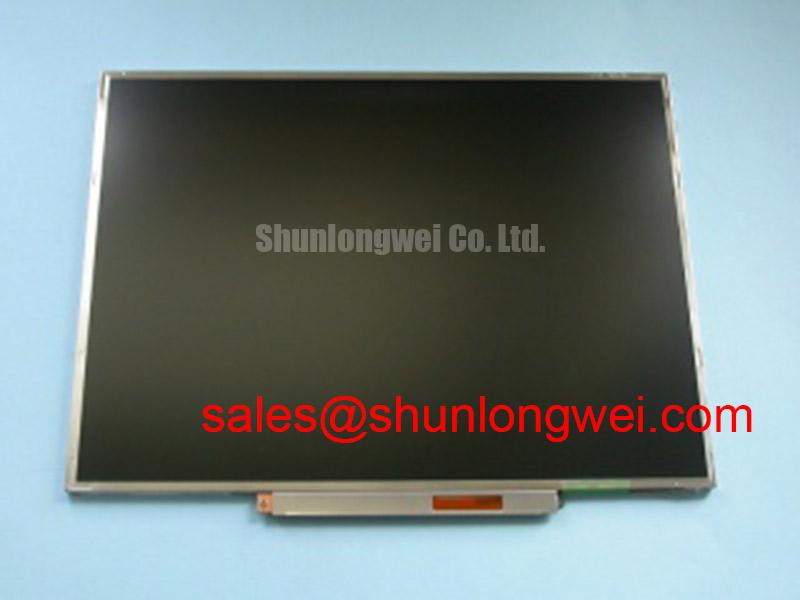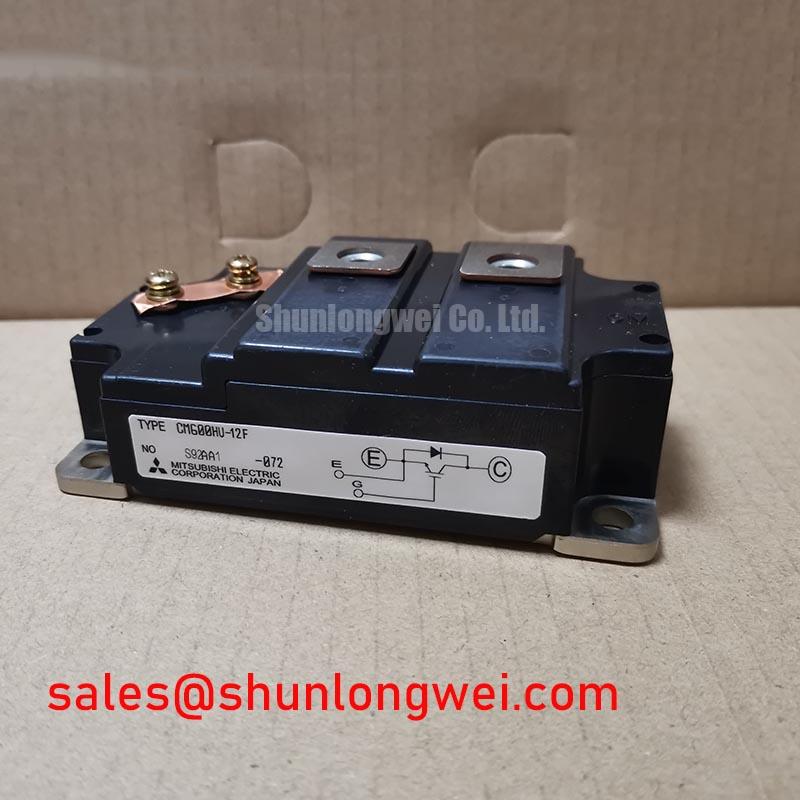LM8V311: A Deep Dive into Sharp's 7.7-inch CSTN Display for Industrial Systems
Content last revised on October 20, 2025.
Engineered for Clarity and Longevity in Legacy Systems
A Strategic Component for Sustaining Industrial and Medical HMIs
The Sharp LM8V311 is a 7.7-inch CSTN color LCD module engineered for sustained performance in long-lifecycle industrial equipment. Delivering a crisp 640x480 VGA resolution, this display provides the essential visual interface for systems where reliability and consistent readability are paramount. Its integrated CCFL backlight and driver simplify integration, while the 8-bit parallel data interface ensures compatibility with a wide range of established microcontrollers and system architectures. For industrial HMIs and medical devices where redesigns are cost-prohibitive, the LM8V311 offers a proven solution for maintenance and production continuity. With a typical contrast ratio of 30:1 and a 75Hz frame rate, it provides clear, stable imaging for critical monitoring and control tasks. What is the primary benefit of its integrated design? Simplified system engineering by including the CCFL backlight and its necessary power components.
Best Fit: For maintaining or upgrading legacy industrial control panels requiring a 640x480 display with a parallel interface, the LM8V311 is an optimal choice for ensuring operational continuity.
Application Scenarios & Value
System-Level Benefits in Manufacturing and Instrumentation
The LM8V311 is engineered for environments where function and durability outweigh the need for the latest display technologies. Its robust design is particularly valuable in applications like industrial automation, test and measurement equipment, and legacy medical monitoring systems.
Consider the challenge of servicing a CNC machine from the late 1990s or early 2000s. The original HMI panel has failed, and a modern high-resolution display with a MIPI or LVDS interface is incompatible with the machine's core controller. The controller outputs an 8-bit parallel signal, a common standard for that era. The Sharp LM8V311 serves as a near drop-in solution in this scenario. Its native support for an 8-bit parallel interface eliminates the need for complex and potentially unreliable signal conversion hardware. This direct compatibility reduces engineering time, minimizes system downtime, and preserves the integrity of the original equipment's certified design. The display's 0°C to 40°C operating temperature range is well-suited for typical factory floor conditions, ensuring reliable performance. For systems requiring a similar interface but in a different form factor, the LM64183PR provides an alternative to evaluate.
Key Parameter Overview
Decoding the Specifications for System Integration
The technical specifications of the LM8V311 are tailored for straightforward integration into existing industrial designs. The parameters are grouped below to facilitate evaluation for specific engineering requirements.
| Parameter Category | Specification | Engineering Value |
|---|---|---|
| Display Characteristics | 7.7-inch CSTN-LCD, 640x480 VGA Resolution | Provides sufficient screen real estate and detail for displaying critical process data, waveforms, and control menus in legacy applications. |
| Contrast Ratio: 30:1 (Typ.) | Ensures clear differentiation between on-screen elements, enhancing readability for operators. Think of it as the difference between faint pencil marks and sharp black ink; this ratio ensures vital information is distinctly legible. | |
| Brightness: 55 cd/m² (Typ.) | Adequate luminance for typical indoor industrial and lab environments. | |
| Electrical & Interface | Signal Interface: 8-bit Parallel Data | Guarantees direct compatibility with a vast number of embedded systems and industrial controllers without needing signal converters. |
| Input Voltage: 3.3V (Typ.) | Aligns with common logic levels in many embedded designs, simplifying power rail requirements. | |
| Mechanical & Environmental | Outline Dimensions: 197 x 142.5 x 9.5 mm | Provides a compact yet robust footprint for integration into control panels and equipment housings. |
| Operating Temperature: 0°C to 40°C | Suitable for controlled indoor environments such as factory floors, control rooms, and laboratories. | |
| Storage Temperature: -25°C to 60°C | Offers resilience against temperature fluctuations during shipping and storage. |
Download the LM8V311 datasheet for detailed specifications and performance curves.
Technical Deep Dive
Implications of the Parallel Interface and CSTN Technology
The architecture of the LM8V311 is a direct reflection of the design priorities in its target applications: reliability and simplicity. The 8-bit parallel data interface is a key feature. Unlike modern serial interfaces like LVDS Interface which require serialization and deserialization hardware, a parallel interface allows for direct connection to a microcontroller's GPIO pins or a dedicated LCD controller. This simplifies both hardware layout and firmware development, a significant advantage when maintaining legacy codebases.
The use of CSTN (Color Super-Twisted Nematic) technology is also a strategic choice. While it does not offer the wide viewing angles or rapid response times of modern IPS panels, it provides a highly durable and cost-effective solution for displaying static or slow-moving graphical information. Its typical response time of 270/80 ms (Tr/Td) is more than adequate for the menu-driven interfaces found in PLCs, process controllers, and medical instrumentation. The technology's maturity also translates to a predictable and stable performance profile over the product's long operational life.
Frequently Asked Questions (FAQ)
What are the primary considerations when interfacing the LM8V311 with a modern microcontroller?
The main consideration is the 8-bit parallel data interface and the 3.3V logic level. Ensure your microcontroller has enough available GPIO pins to drive the data lines and control signals (like Hsync, Vsync, Data Enable). You must also ensure the logic levels are compatible, using level shifters if connecting to a 5V system. The timing requirements for the control signals must be strictly adhered to as per the datasheet.
Why is a CSTN display like the LM8V311 still utilized in industrial equipment?
Its relevance stems from its proven reliability, long-term availability, and compatibility with legacy systems. For industrial equipment certified and validated years ago, introducing a new display technology would require extensive re-testing and re-validation. The LM8V311 provides a form-fit-function replacement that preserves the system's original operational parameters and certifications, making it a low-risk, cost-effective choice for long-term support.
What is the significance of the integrated CCFL backlight?
The integrated Cold Cathode Fluorescent Lamp (CCFL) and its associated driver circuitry reduce the design burden on the system engineer. It eliminates the need to source and integrate a separate backlight power supply (inverter), simplifying the power architecture and mechanical assembly. This "all-in-one" design accelerates repair and manufacturing cycles for equipment relying on this display.
System Integration and Support
For engineering teams focused on extending the life of valuable industrial assets, the Sharp LM8V311 provides a crucial component for repair and refurbishment. Its adherence to established interface standards and its self-contained design make it an efficient solution for addressing display failures in the field. To further evaluate its suitability for your specific system architecture and operational environment, we recommend a thorough review of the official datasheet.











